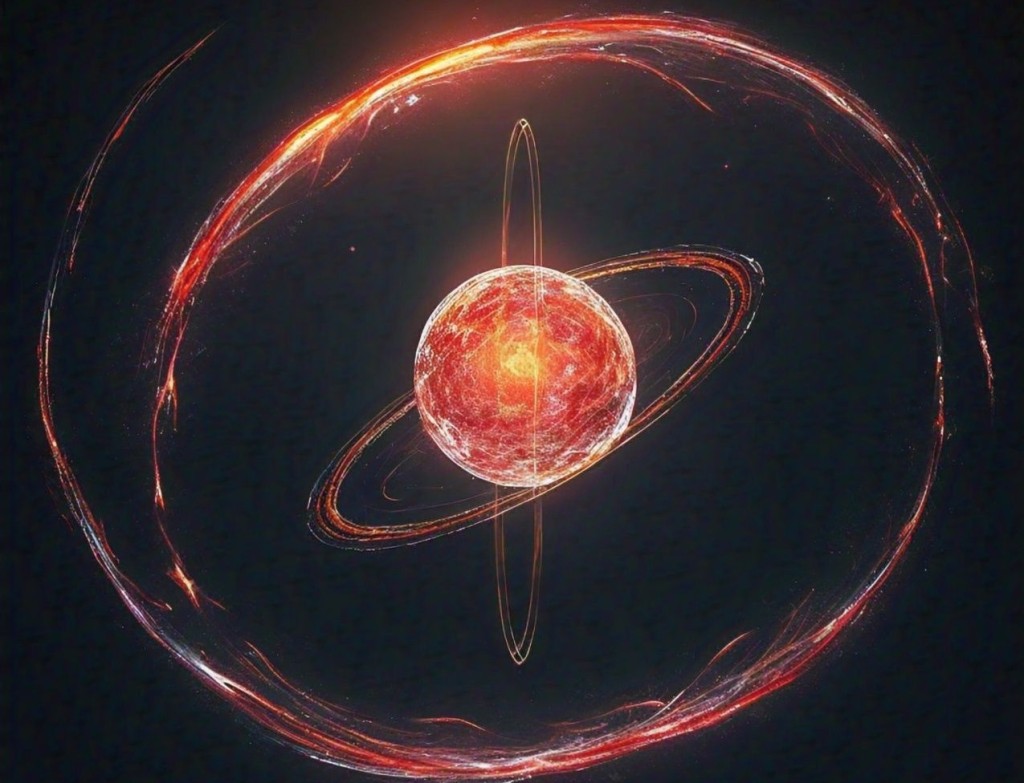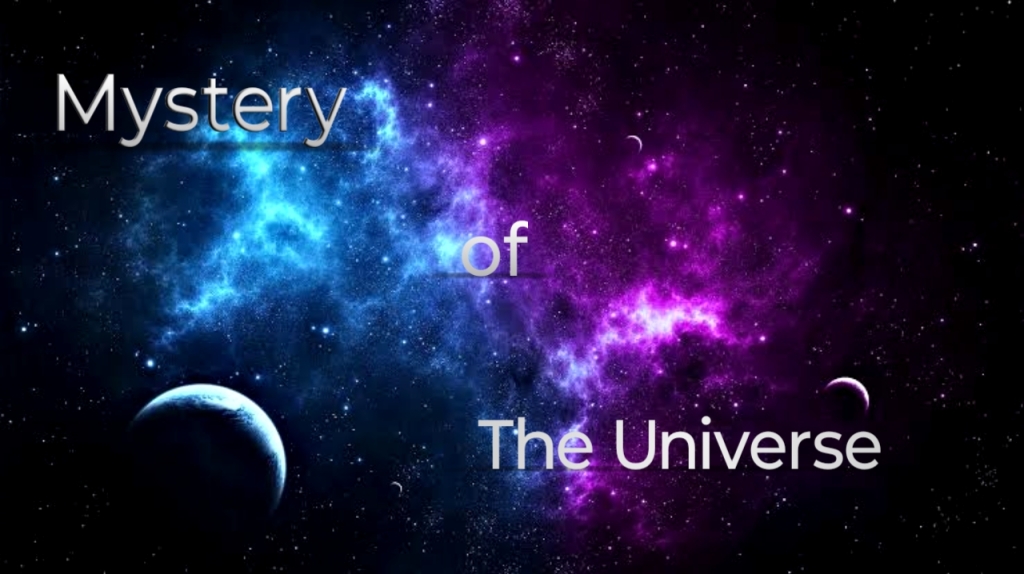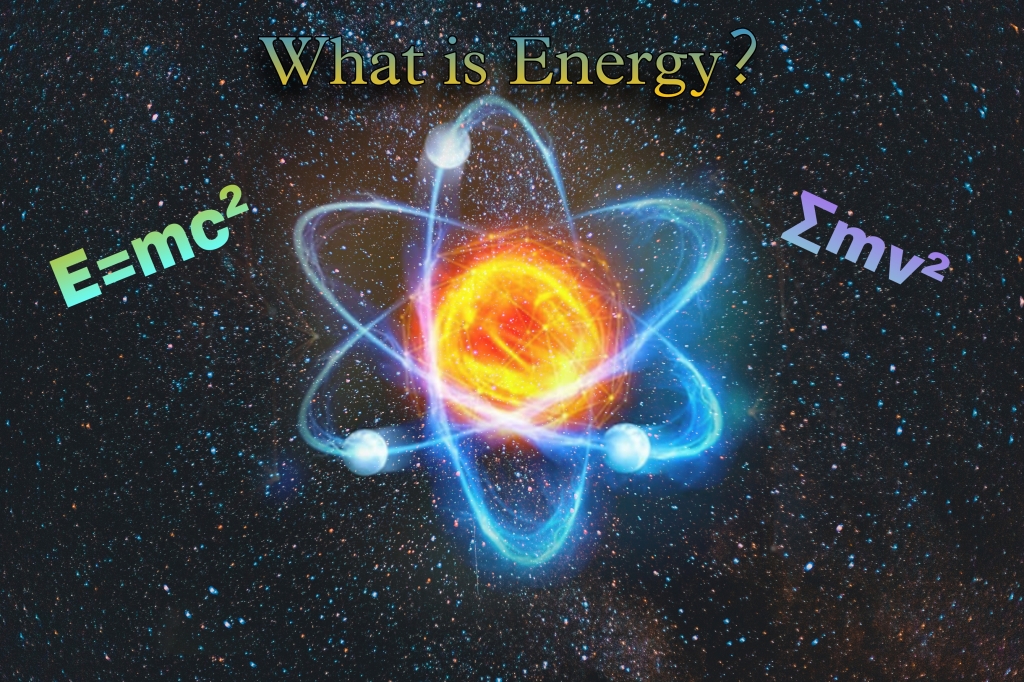ISRO Gearing Up For Next Lunar Mission Chandrayaan-4
ISRO is set to begin its next lunar mission Chandrayaan-4. The main ambition of Chandrayaan-4 is to bring back lunar rocks and soil (regolith) to Earth. This mission will ot only be launched in a single phase like it’s predecessors, instead two separate launches will push the vehicles which will not only land on the moon but also return rocks and soil (regolith) from lunar surface to India
While Chandrayaan-3 consists of three main components – lander,rover and the propulsion module, the Chandrayaan-4 mission will have two more additional components tasked to return samples from the Moon and drop them on Earth. Chandrayaan-4 components include 5 spacecraft modules, according to the presentation made by the ISRO chief S Somnath at the National Space Science Symposium. The purpose of these modules are
Propulsion Module – This module will guide chandrayaan-4 in lunar orbit before separating .
Descender Module – This module will make the lunar landing similar to the Vikram lander on chandrayaan-3
Ascender Module – Once the samples are collected and stored the Ascender Module will eject from the lander and begin its return trip to India .
Transfer Module – It will be responsible for grabbing the Ascender Module and getting it out of lunar orbit. It will journey back to Earth before the capsule with the recket and the soil samples are detached
Re-entry Module – This will be the capsule carrying the lunar regolith that will land on earth after a return journey from the Moon.
These 5 components of chandrayaan-4 will not be launched together. India’s heaviest launch vehicle LMV-3 will launch with 3 components which will include the Propulsion Module, Descender Module and Ascender Module.
The Transfer Module and the Re-entry Module will be launched aboard a Polar Satellite Launch Vehicle(PSLV). ISRO is yet to reveal finer details as to which launch will launch first.
It is scheduled to launch no earlier than 2028, Chandrayaan-4 will mark India’s entry to the selected group of nations with the capability to collect samples from the lunar surface and safely return to Earth for scientific studies.
Devil Comet is coming near Earth again
Sky watchers anticipate a captivating celestial event as the Devil Comet is officially designated as 12p/pons-Brooks , approaches Earth, with potential visibility during the upcoming total solar eclipse in April
Characteristics of the Devil Comet include it’s measuring 10.5 miles (17 kilometers ) wide,the comet follows a highly elliptical orbit around the sun, completing it’s journey every 71 years
Identified as an ice volcano or cryovolcanic comet, the Devil Comet periodically erupts due to solar radiation triggering ruptures in its icy shell , causing cryo magma – a mixture of gas and ice – to spew into space
Eruptions lead to an intensification of the comets comac the cloud of gas and dust surrounding its core, resulting in a brighter appearance visible for several days . Last year the Earth witnessed its first eruption of the Devil Comet in 69 years , with subsequent regular eruptions initially asymmetric in its coma earned it the moniker “Demonike” resembling horns .
Recent eruptions have not exhibited the distinctive asymmetry observed earlier,with the comet displayi6 a more symmetrical appearance. Analysis of recent images reveals a greenish glow emitted by the comet attributed to high concentration of di carbon in its coma and tail. The Devil Comet is expected to be visible on April 8,2024 coinciding with the total solar eclipse. Sky watchers worldwide are being advised to use protective eyewear , suggest licensed eclipse glasses, during partial phases to prevent eye damage . Directly viewing the sun during the eclipse totality without proper eye protection can cause irreversible harm to the eyes , emphasizing the importance of adhering to safety measure while enjoying the celestial spectacle
JWST Confirmed About The Earlier Calculations On The Expanding Universe
Using Hubble data and new observations from the James Webb Space Telescope (JWST), a team led by physicist Adam Riess of Johns Hopkins University has confirmed that previous measurements are correct after all, despite years of debate.
Based on immense distances from our Solar System to Cepheid variable stars and Type Ia supernovae, which are used to create a ‘cosmic distance ladder’, our Universe does indeed appear to be expanding at 73 kilometers per second per megaparsec – a rate known as the Hubble constant
The problem is that other methods of measuring the Hubble constant return different measurements
With measurement errors negated, what remains is the real and exciting possibility that we have misunderstood the Universe,”was quoted by Riess
The Hubble tension is quite probably the biggest problem deviling cosmology, and it has to do with the rate at which the Universe’s expansion is accelerating – a fundamental measurement of the Universe. We have several methods of deriving this, but the two main ones are standard candles and standard rulers
Standard rulers are based on signals from the early universe. These include the cosmic microwave background which is a cloud of low energy radiation that permits the observable universe. This software echo of light provides solid evidence in support of the big bang theory. The light that first streamed through the universe is about 380,000 years after the big bang which give us the Hubble constant of around 67
Km/s/megaparsec
There are ongoing efforts to continue to make measurements; we’re probably just going to have to be patient.
On the other hand, the new measurements mean we can continue to place our confidence in good old Hubble. What an absolute trooper.
No matter how many times scientists measure the Hubble constant, they always land on this discrepancy
To better understand the Universe, scientists must find the source of the discrepancy
Standard candles are astronomical objects that make up the rungs of the so-called cosmic distance ladder, a tool for measuring the distances to farther and farther galaxies. The ladder’s first rung consists of pulsating stars called Cepheid variables, or Cepheids for short. Measurements of the distances to these stars from Earth are critical in making precise measurements of even more distant objects. Each rung on the ladder depends on the previous one . If we know how intrinsically bright something is we can calculate how far away it is with high precision
Water World Boiling In Deep Ocean Was Found By JWST
TOI-270d is a Neptune-like exoplanet that orbits an M-type star. Its mass is 4.78 Earths. Its discovery was announced in 2019. It is located 70 light years away and is twice the size of the Earth. Astronomers using the James Webb Space Telescope (JWST) have found hints of a distant planet that could be entirely covered in a deep ocean.
Observations of the planet’s atmosphere revealed water vapor, methane, and carbon dioxide, which is consistent with a water world. However, there is disagreement among scientists about the details.
A team from the University of Cambridge believes the planet could have a vast ocean spanning its entire surface. They base this on the lack of ammonia in the atmosphere, which would be absorbed by a large ocean.
According to basic chemistry, ammonia should be present in a hydrogen-rich atmosphere, but it’s not there. This absence suggests that if there’s an ocean below, it could have absorbed the ammonia from the atmosphere.
However, a Canadian research team disagrees, suggesting that the planet’s scorching temperatures would prevent the existence of liquid water and instead result in a rocky surface enveloped by a dense atmosphere of hydrogen and water vapor.
India is pushing it’s boundaries in space research
In 2023 India landed on moon the moon and aimed for the sun. This year India is planning for another space milestone. It’s first man space mission Gaganyaan launch will happen in 2025. This mission will carry three people to the low Earth orbit and they will stay there for three days. If the mission succeeds India will achieve its new space glory and will only become the 4th country in world to send humans into space.
In 1984 Rakesh Sharma was the first Indian heading to space. 40 years later now India wants to send more Indians to space. The Gaganyaan in Sanskrit means the celestial vehicle. It is scheduled to launch in 2025. The three crew members will be there for 3 days then they will be brought back to Earth landing in sea water.
The total cost of this mission is 900 crore rupees. When the prime minister visited Vikram Sarabhai Space Station he announced the names of the astronauts chosen for the mission: Group Captain Prasanth Balakrishnan Nair, Group Captain Ajit Krishnan, Group Captain Angad Pratap and Wing Commander S.
They have undergone extensive tests both physical and psychological.They first received training in Russia, this was for a period of 13 months. Now they are being trained in Bangalore. After the US, Soviet Union and China India will be the 4th country to send humans to space.
Last year India became the first country to land on the lunar south pole. Just weeks later India also launched Aditya L1. This was it’s first observation mission to the sun. India has more ambitious plans in the future then there is Gaganyaan’s mission that’s later for 2025. But that’s not all India aims to sep up its own space station by 2035. It also aims to send an astronaut to the moon by 2040.

Weekly Physics: Chandrayaan 4, Comet coming near earth 🌎, JWST Calculation of Expanding Universe
ISRO Gearing Up For Next Lunar Mission Chandrayaan-4 ISRO is set to begin its next lunar mission Chandrayaan-4. The main ambition of Chandrayaan-4 is to bring back lunar rocks and soil (regolith) to Earth. This mission will ot only be launched in a single phase like it’s predecessors, instead two separate launches will push…
8 minutes




Leave a comment